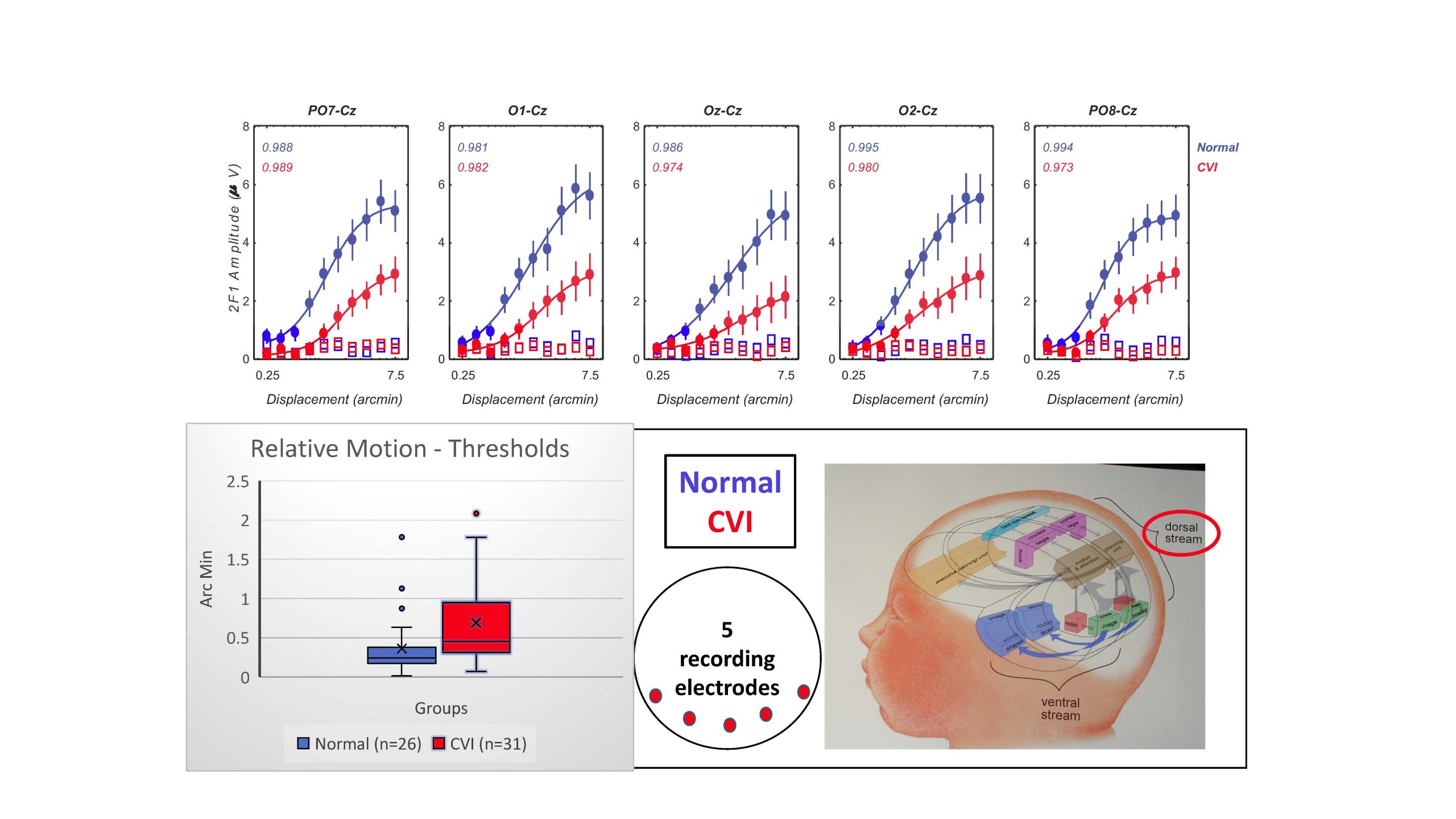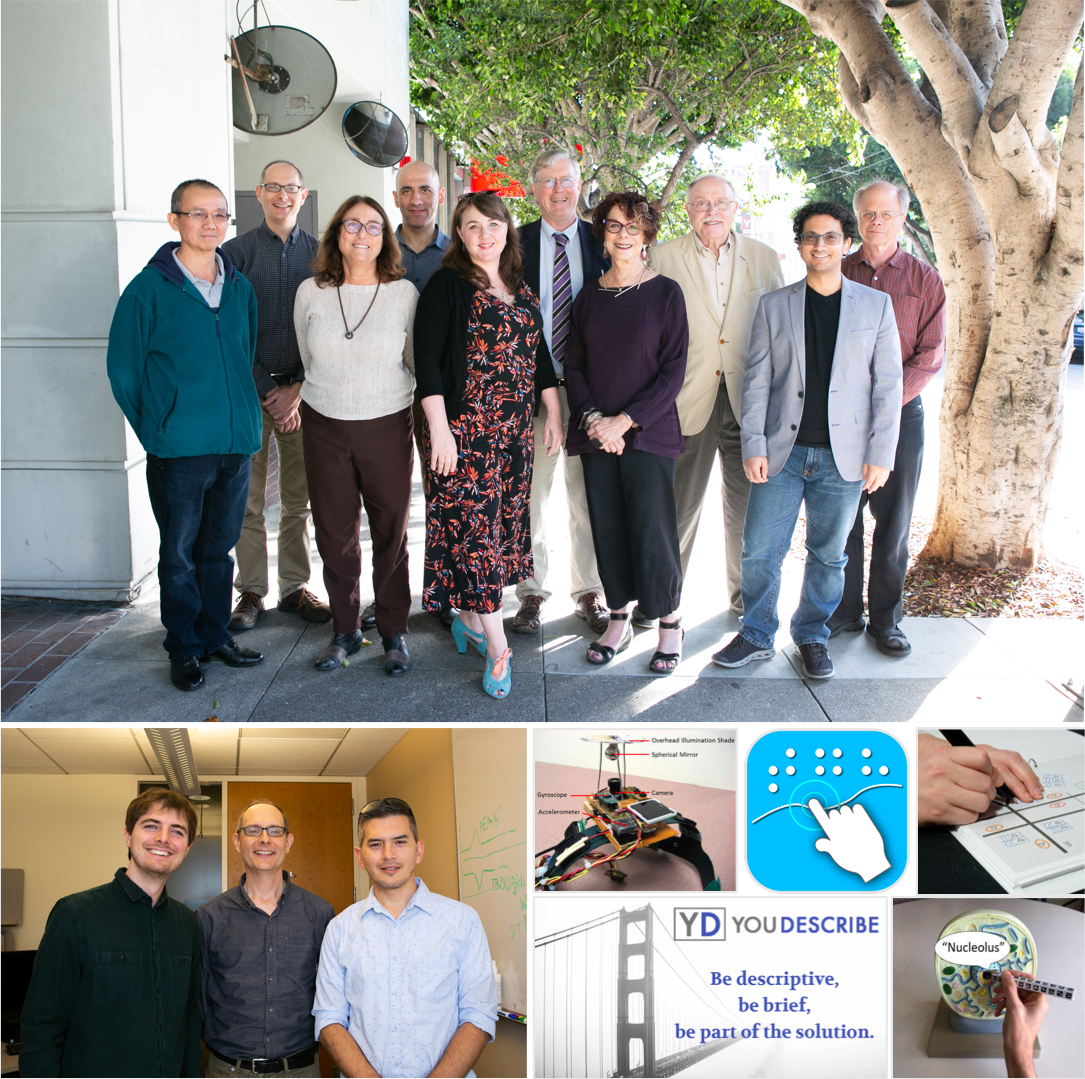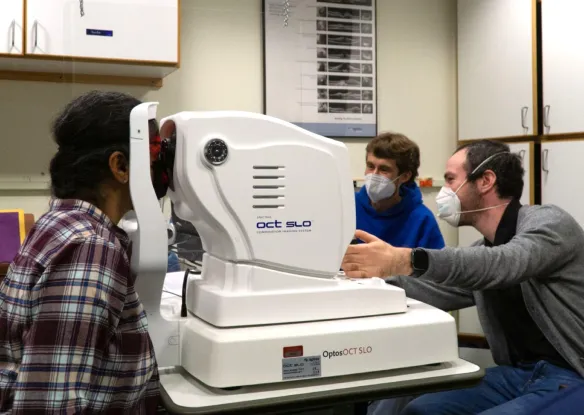Binocular Vision, Strabismus, Amblyopia, Cerebral Visual Impairment Our laboratory investigates mechanisms of normal and abnormal visual development in children and adults with special emphasis on cerebral visual impairment, acquired brain injury, strabismus and amblyopia. Our aim is to improve detection, diagnosis,

Principal Investigator:
Arvind ChandnaThe purpose of this research study is to learn about how cerebral visual impairment affects everyday visually guided behaviours and determine interventions to treat the difficulties. This study is conducted remotely through telephone or video link and also in person at the laboratory.

We are currently recruiting children and adults with Cerebral Visual Impairment (CVI) to participate in a telephone/videolink study about challenges in visually-guided behaviours in everyday functional vision. The brief vision and birth history, plus the question HVFQI takes between 1-2 hours and can be completed by video chat (zoom) or by phone. Participants receive $20/hour of their time. Cerebral visual impairment often affects visually-guided behaviours for example, spatial attention, motion perception, divided attention, etc. Such impairments sometimes are not easy to detect by a routine vision test. Nevertheless, parents may observe some unusual behaviors in the daily living tasks of their child that can be explained by the results of our questions. Here, we set to run a question inventory (QI) filled by parents to better understand the effects of CVI on a child and how it may correlate with other factors. Please contact us at seelab@ski.org to participate or ask us for more information.
Publications
Journal Articles
Centers
Rehabilitation Engineering Research Center
The Center’s research goal is to develop and apply new scientific knowledge and practical, cost-effective devices to better understand and address the real-world problems of blind, visually impaired, and deaf-blind consumers. The RERC has many ongoing R&D projects and collaborative







